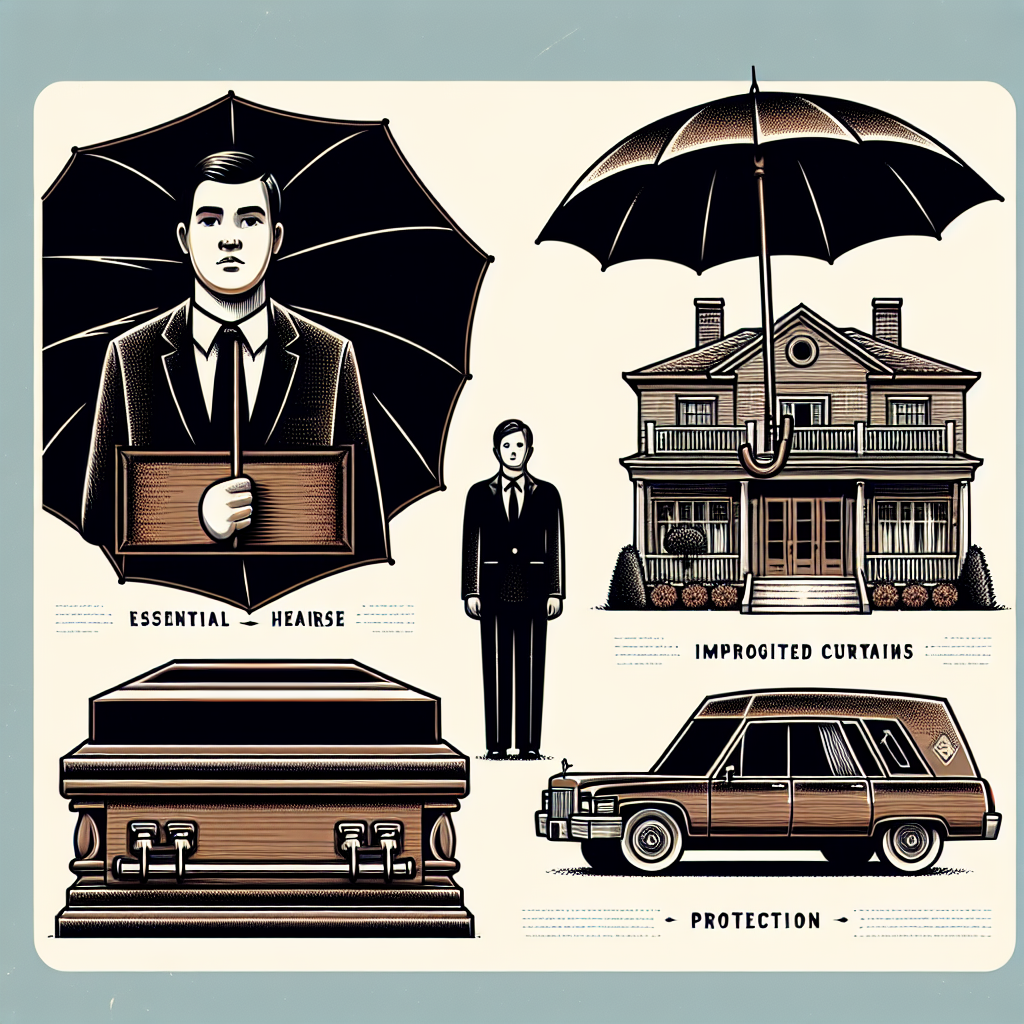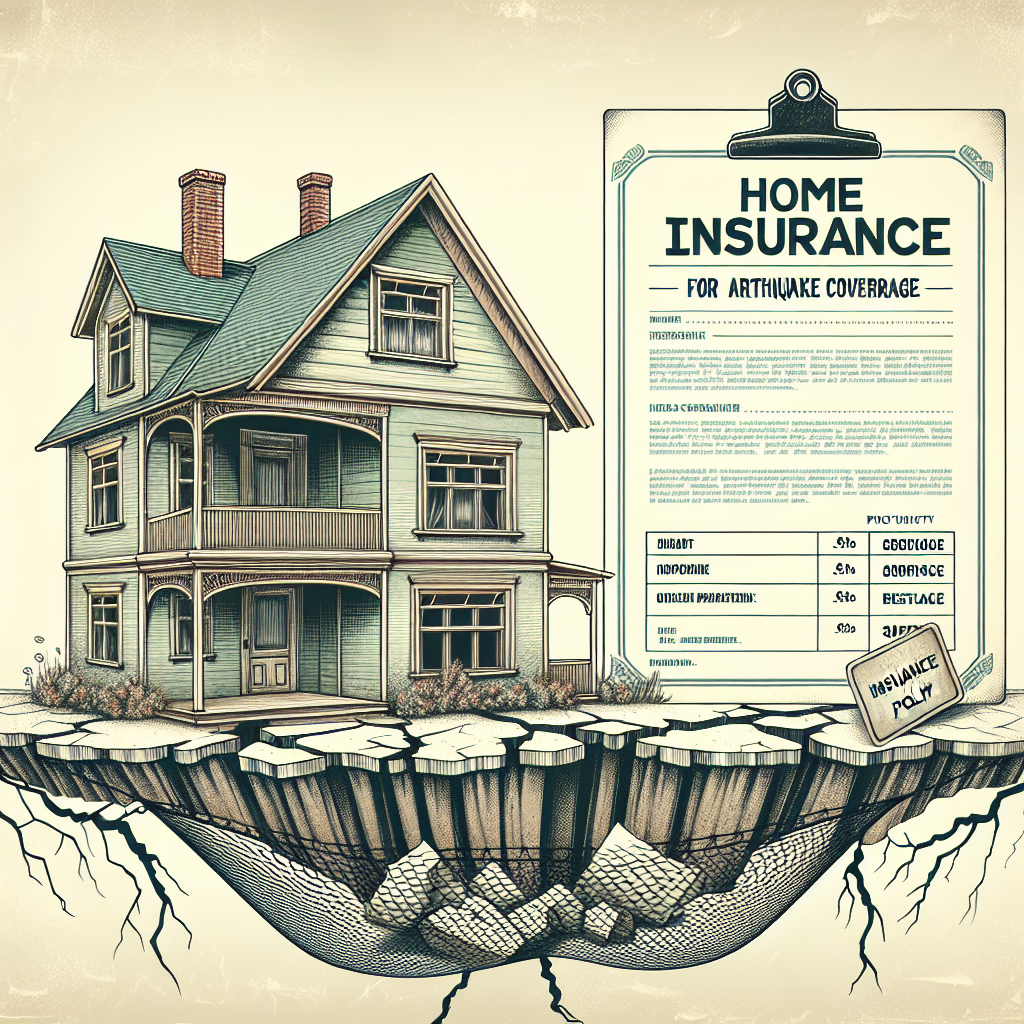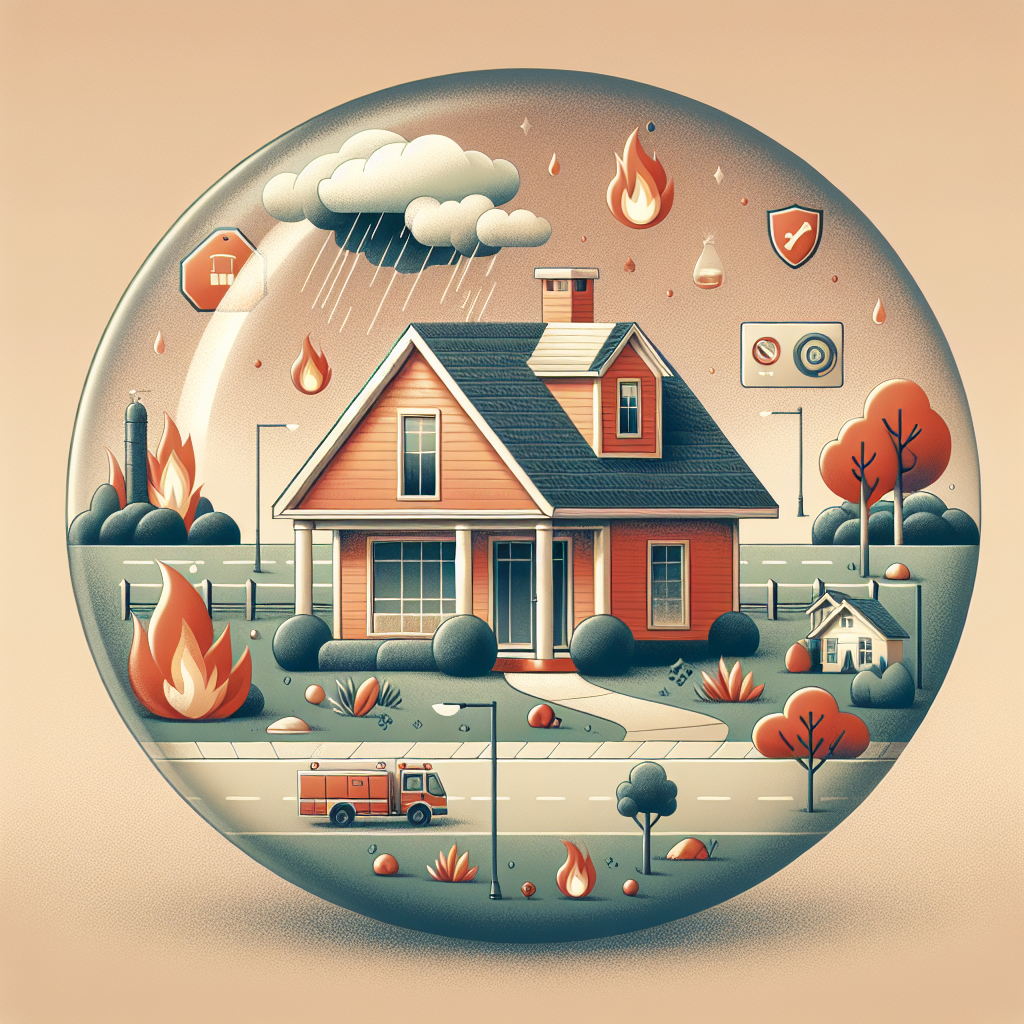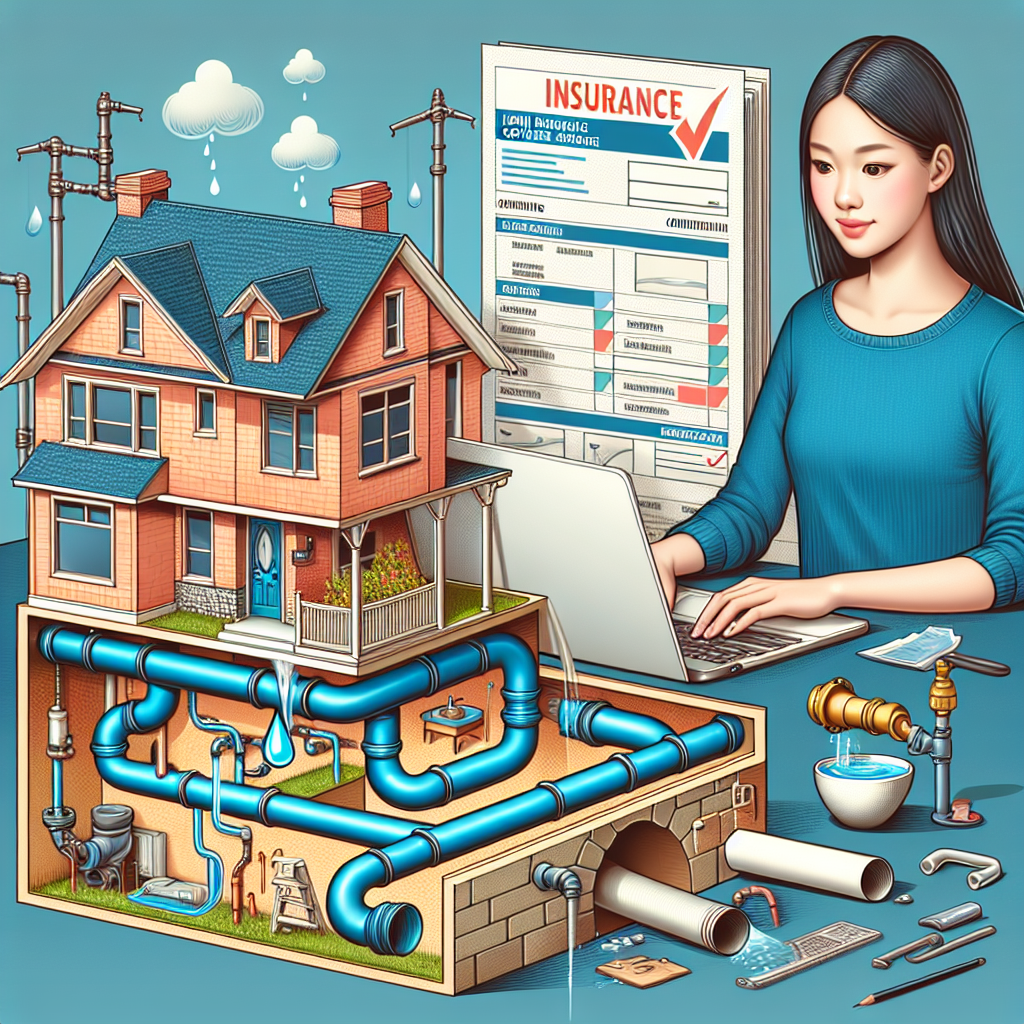Filed under Home Insurance on
Home Hazard Insurance Coverage: A Complete Guide
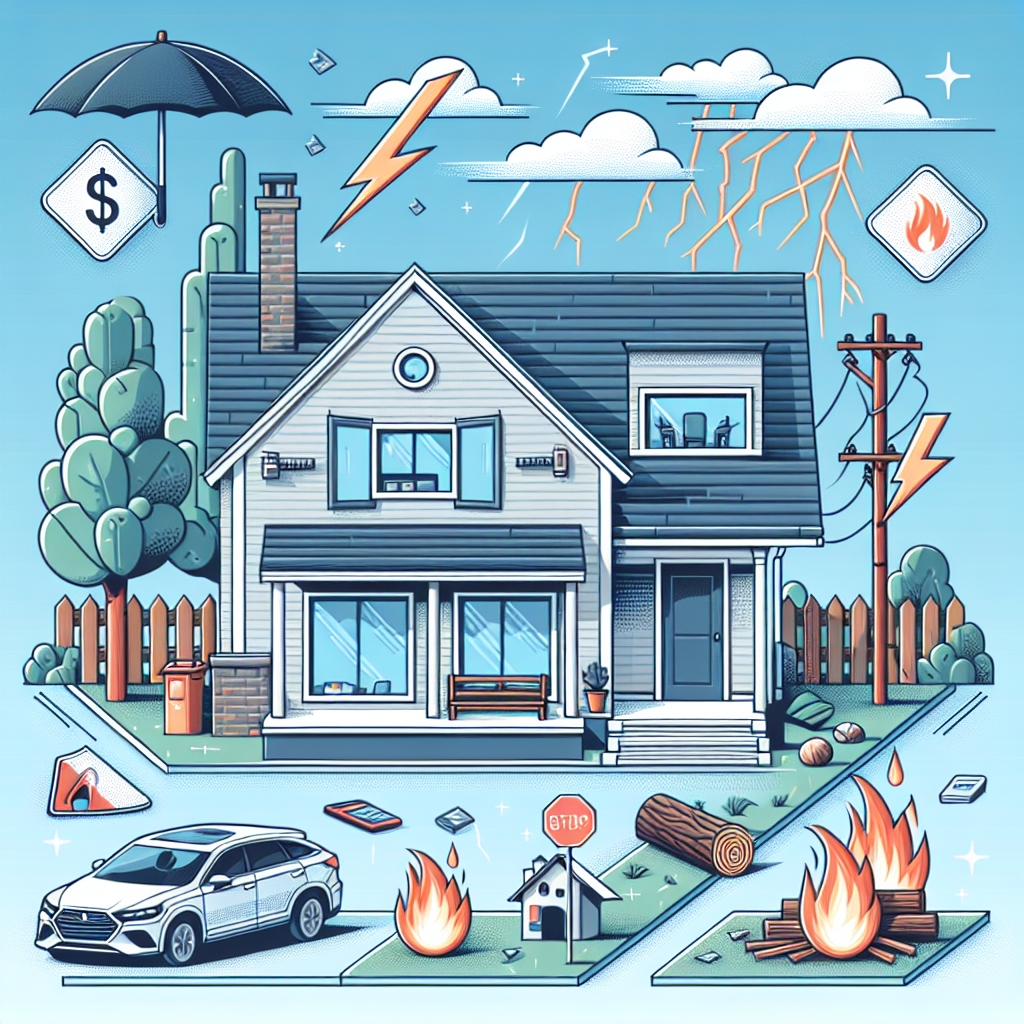
Wildfires, inland flooding, convective storms, and costly rebuilds have pushed property risk into everyday headlines. Yet many homeowners still wonder what their policy actually protects. If you’ve ever been asked by a lender to show proof of “hazard insurance,” or you’ve compared quotes that seemed to cover different things at different prices, you’re not alone. This complete guide unpacks how property protection works, where the gaps hide, and what to add so your home and finances stay resilient when the unexpected strikes. Along the way, you’ll see where the market is headed and how to adapt, with a practical plan you can use before renewal season. We’ll use clear language and real-world examples so you can make confident decisions about Home Hazard Insurance Coverage.
What is hazard insurance and how does it fit within a homeowners policy?
Hazard insurance is the portion of a homeowners policy that protects your house and belongings from covered risks (often called perils) such as fire, wind, or theft. In most states, the standard homeowners form (frequently an HO-3) includes several sections that work together:
- Coverage A (Dwelling): The structure of your home.
- Coverage B (Other Structures): Detached items like fences, sheds, and garages.
- Coverage C (Personal Property): Your belongings, from furniture to electronics.
- Coverage D (Loss of Use): Extra living expenses if you can’t live at home during repairs.
- Coverage E (Personal Liability): Injuries or damages to others that you’re legally responsible for.
- Coverage F (Medical Payments): No-fault medical expenses for minor injuries to guests.
Lenders focus on the property portion—what many call hazard insurance—because they want to protect the home securing your mortgage. Behind the scenes, the policy can be written as “open perils” (everything is covered unless excluded) or “named perils” (only listed causes are covered). A common setup is open perils for the dwelling and named perils for your belongings. An HO-5 form broadens protection to open perils for both.
Keep this in mind: Home Hazard Insurance Coverage is not a separate policy you buy in most cases—it’s the property protection embedded in your homeowners policy that satisfies mortgage requirements.
Which perils are typically covered?
While exact wording varies by insurer and state, standard homeowners policies usually protect against sudden and accidental damage from events like:
- Fire and lightning
- Windstorm and hail
- Explosion, smoke, or damage from aircraft or vehicles
- Theft and vandalism
- Riot or civil commotion
- Weight of ice, snow, or sleet
- Sudden and accidental water discharge from plumbing, HVAC, or appliances
- Freezing of plumbing (with reasonable care taken)
- Falling objects
- Volcanic eruption
The dwelling is usually on an open-perils basis, meaning any cause of loss is covered unless excluded. Personal property is often named perils unless you upgrade. Always read the definitions and exclusions; the label on the policy form (HO-3, HO-5) is a clue, but endorsements can change what’s covered.
As severe convective storms intensify in the central and eastern U.S. and wildfire seasons shift in the West, more carriers are using detailed risk models to price wind, hail, and fire. That doesn’t mean less coverage by default, but it does affect deductibles, discounts, and availability. If you’re comparing quotes, check both the perils and the settlement terms.
Bottom line: If you’re seeking broader Home Hazard Insurance Coverage, look for open-perils content coverage (HO-5 or equivalent endorsement) and confirm how water, wind, and wildfire are treated in your state.
Common exclusions that surprise homeowners
No policy covers everything. The most frequent gaps occur where risk is concentrated and specialized markets exist. Typical exclusions include:
- Flood: Surface water, storm surge, overflow of a body of water. Usually requires a separate flood policy through the National Flood Insurance Program (NFIP) or a private flood carrier.
- Earth movement: Earthquake, landslide, sinkhole (sinkhole may be available by endorsement in some states). Earthquake insurance is a separate purchase in many regions.
- Wear and tear: Deterioration, rot, rust, mold (mold sometimes has a small sublimit), and maintenance issues.
- Sewer or drain backup: Often excluded unless you add a water backup endorsement.
- Power failure off premises: Damage caused by off-site utility failures may be excluded unless specifically added.
- Ordinance or law: Costs to bring your home up to current building codes after a loss. Addressed by an endorsement and often under-purchased.
- Neglect or intentional loss: Failure to protect the property after a loss, or deliberate damage.
- Business activities: Professional equipment and liability related to business use can be limited or excluded without a home business endorsement.
Exclusions aren’t inherently bad. They keep premiums affordable and steer specialized risks—like flood—into dedicated markets. The key is to know the boundaries of Home Hazard Insurance Coverage and then fill the specific gaps that matter for your location and home.
How the coverage parts work together
A well-calibrated policy coordinates several moving parts. Here’s how the core sections typically operate:
Dwelling (Coverage A)
Set at the estimated reconstruction cost of your home—not the purchase price or market value. It covers the house, attached structures, and built-in features. Many policies offer extended replacement cost, typically 10–50% above the Coverage A limit, to absorb inflation or code upgrades after a catastrophe. Some carriers offer guaranteed replacement cost with stricter underwriting.
Other Structures (Coverage B)
Usually 10% of Coverage A by default. Adjust if you have extensive fencing, a large detached garage, or a backyard ADU.
Personal Property (Coverage C)
Commonly 50–70% of Coverage A. Settlement can be actual cash value (ACV) or replacement cost; the latter is preferred for valuables you’d need to replace new. Sublimits apply to categories like jewelry, art, firearms, silverware, collectibles, and cash. Scheduling items by appraisal can raise limits and broaden perils.
Loss of Use (Coverage D)
Often 20–30% of Coverage A. Pays for additional living expenses (ALE) such as temporary housing, meals, and increased commuting costs. Save receipts; your adjuster will compare your normal spend to post-loss expenses.
Liability (Coverage E) and Medical Payments (Coverage F)
Not strictly “hazard” but essential. Liability protects your assets if you’re legally responsible for injuries or property damage to others. Many homeowners carry $300,000 to $1 million. Consider a personal umbrella policy for extra limits.
Replacement cost vs. actual cash value (and why your roof matters)
After a loss, settlement hinges on how your property is valued:
- Replacement Cost: Pays what it costs to repair or replace with like kind and quality, without depreciation, up to policy limits.
- Actual Cash Value (ACV): Replacement cost minus depreciation, based on age and condition.
In hail- and wind-prone regions, more insurers are moving roofs to ACV or using roof surface payment schedules based on age and material. That keeps premiums lower but shifts more cost to you after a storm. Impact-resistant shingles (often Class 4) can bring discounts and better settlement terms. Ask specifically: Is my roof covered at replacement cost? Are there cosmetic damage exclusions for metal roofs or siding? How are solar panels handled?
Deductibles, special wind and hurricane deductibles
Your deductible is the portion you pay on each covered claim. Higher deductibles lower premium but increase out-of-pocket costs. In many coastal and storm-exposed states, policies carry separate percentage deductibles—often 1–5% of Coverage A—for wind, named storm, or hurricane losses. Triggers vary by state law and policy language. If you carry a 2% hurricane deductible and your Coverage A is $400,000, a named-storm loss could leave you with an $8,000 deductible before insurance pays.
Some policies also include a separate deductible for hail or wildfire. Verify whether these are per-event or per-policy-year and whether they apply to all coverages or just the dwelling.
Endorsements that close the most common gaps
Customizing your policy with targeted additions is often the most cost-effective way to improve protection. Consider these endorsements and options:
- Extended or Guaranteed Replacement Cost: Adds 10–50% or removes the cap to better handle inflation and surge pricing after catastrophes.
- Ordinance or Law: Covers the extra cost to comply with updated building codes after a covered loss. 25% is common; 50% may be prudent for older homes.
- Water Backup and Sump Overflow: Covers damage from backed-up drains or failed sump pumps, typically $5,000–$25,000 limits with modest premium.
- Service Line Coverage: Repairs underground lines (water, sewer, electric) from the street to your home—damage that’s usually excluded.
- Equipment Breakdown: Protects household systems (HVAC, appliances) from sudden mechanical or electrical failure.
- Open-Perils for Contents (HO-5 style): Broadens personal property coverage beyond named perils.
- Scheduled Personal Property: Increases limits and often expands causes of loss for jewelry, art, musical instruments, and other valuables.
- Identity Theft/Cyber: Assistance and limited expense coverage for fraud events.
- Wildfire Defense or Mitigation Benefits: Some carriers fund brush clearing or deploy private firefighting services in specific markets.
These endorsements turn baseline Home Hazard Insurance Coverage into a policy tuned for your risk profile, climate, and home systems. The cost is often small compared to the financial shock they prevent.
Regional realities and market trends you should factor in
The property insurance landscape is evolving quickly, influenced by climate, construction costs, and reinsurance. Industry groups and reinsurers have highlighted several trends since 2020:
- Higher catastrophe frequency and severity: Convective storms in the Midwest and South, wildfire in the West, and flood far from coasts have broadened loss footprints.
- Rebuild inflation: Materials and labor costs surged during supply chain disruptions and remain elevated, pushing many homeowners underinsured without inflation guard or updated valuations.
- Availability shifts: In parts of California, Florida, Louisiana, and other catastrophe-exposed regions, carriers have tightened underwriting or exited, increasing reliance on state-backed insurers of last resort.
- Risk-based pricing: More granular data on roof age, fire protection class, distance to brush, and elevation is becoming standard. Discounts increasingly reward measurable mitigation.
- Resilience standards: Programs like the Insurance Institute for Business & Home Safety (IBHS) FORTIFIED Home standard are gaining traction, often unlocking meaningful premium credits.
These shifts don’t make insurance unobtainable, but they do reward proactive homeowners who maintain roofs, harden homes against wildfire or wind, and install smart leak detection. In short, the market is favoring verified risk reduction—and your Home Hazard Insurance Coverage can improve when you demonstrate it.
Underwriting factors and ways to earn better terms
Insurers weigh the likelihood and cost of a claim. While you can’t move a house away from a coastline, you can influence many inputs:
- Roof: Age, materials, and installation quality. Impact-resistant shingles and documented replacements help.
- Electrical and plumbing: Updated panels (e.g., away from recalled brands), GFCIs, grounded outlets, and modern supply lines reduce fire and water risk.
- Water loss controls: Smart shutoff valves (with automatic shut) and leak sensors near water heaters, dishwashers, and washing machines.
- Security: Monitored alarms, cameras, and reinforced doors/windows deter theft and speed response to fires.
- Wildfire defense: Defensible space, ember-resistant vents, Class A roof, and cleared gutters. Some carriers verify via photos or inspections.
- Wind mitigation: Hurricane shutters, reinforced garage doors, roof-to-wall connectors. In some states, a formal wind mitigation inspection can reduce premiums.
- Claims history: Fewer small claims keeps your record favorable and preserves claim-free discounts.
- Bundling and loyalty: Home–auto bundle discounts remain significant in many states.
Ask your agent which documentation carriers accept for credits—photos, invoices, permits, or third-party inspections. Turning upgrades into verified data can materially improve pricing and your coverage options.
How much coverage do you actually need?
The right dwelling limit is the reconstruction cost of your home, including labor, materials, debris removal, and overhead/profit. Do not use market value, and don’t rely only on your purchase price. A proper estimate accounts for square footage, architectural features, finishes, and regional labor rates. Carriers use replacement cost estimators; you should still sanity-check the result with a contractor or independent estimator if the number feels low.
Consider adding extended replacement cost (commonly 25% or 50%) or guaranteed replacement cost where available, especially in areas subject to post-storm price spikes. Ensure personal property limits reflect what you own; a quick room-by-room inventory, even on your phone, improves accuracy and speeds claims.
Finally, review sublimits. Jewelry might be capped at $1,500–$5,000 per loss without scheduling. Bicycles, collectibles, and trading cards can have low caps. Increase or schedule where needed to keep your Home Hazard Insurance Coverage aligned with what you actually own.
The claims process, simplified
When something goes wrong, you don’t want to learn the rules on the fly. Here’s a practical roadmap:
- Protect the property: Shut off water, board up openings, and prevent further damage. Keep receipts; mitigation costs are typically covered.
- Document everything: Take photos and video from multiple angles. Create a list of damaged items with brand, model, age, and estimated cost.
- Report the claim promptly: Delays can complicate coverage. Ask about emergency services or preferred contractors if you need immediate help.
- Meet the adjuster: Walk through the damage together. Share your documentation and any contractor estimates.
- Review the estimate and settlement terms: Check line items, scope of repair, code upgrade allowances, and whether payment is ACV with recoverable depreciation after repairs.
- Track Additional Living Expenses: Keep receipts, and note your normal spending to compare against increased costs.
- Consider professional help if needed: Complex or large losses sometimes benefit from a licensed public adjuster or a construction-savvy advocate. Evaluate fees and timelines.
Staying organized can shave weeks off your timeline and reduce out-of-pocket surprises. Confirm whether your policy requires work to be completed within a certain time to recover depreciation.
Mortgage and lender requirements
Most lenders require proof of property insurance with the mortgagee named on the policy. They’ll look for at least the loan principal in coverage on closing day, but you should ensure the limit reflects the full cost to rebuild—often much higher than the loan amount. If insurance lapses, lenders may buy force-placed coverage on your behalf, which tends to be expensive and limited in scope.
Escrow accounts often collect a portion of your annual premium each month and pay the bill on renewal. Even with escrow, review your declarations page annually. If a roof endorsement quietly shifts you to ACV settlement or a new deductible applies to wind, you want to know before storm season.
Cost drivers: why your premium is what it is
Premiums reflect both your individual risk and broader market conditions. Key factors include:
- Location and hazard level: Fire protection rating, proximity to coast or brush, and local weather patterns.
- Home characteristics: Age, roof type and age, construction materials, square footage, and updates.
- Coverage choices: Higher limits, lower deductibles, and endorsements like water backup increase cost.
- Claims history: Prior claims can raise your premium for several years.
- Market dynamics: Reinsurance costs and catastrophe losses can raise rates broadly even if you’ve had no claims.
If you face a large jump at renewal, ask your agent for a line-by-line breakdown. Sometimes the culprit is a revised dwelling valuation, a new special deductible, or the removal of a discount you can reinstate by supplying documentation.
Expert insights and best practices
Consumer advocates and insurance regulators frequently stress one theme: read your policy and ask questions. Industry research also points to several high-impact steps:
- Annual coverage review: Update limits for inflation and remodeling. A kitchen renovation can change your reconstruction cost meaningfully.
- Mitigation pays twice: Upgrades reduce the chance and severity of loss and can earn discounts or better terms.
- Inventory your belongings: Photos, serial numbers, and a simple spreadsheet or app make claims smoother and settlements fairer.
- Shop thoughtfully: Compare not only price but perils, deductibles, settlement basis, and endorsements. Cheapest isn’t best if you’re shifting risk you can’t afford.
Industry groups have documented that code-compliant, mitigation-focused homes fare materially better in disasters. Translating that to your policy means fewer surprises, a faster rebuild, and a safer living environment.
Common scenarios and how coverage responds
A pipe bursts while you’re at work
Sudden and accidental discharge of water from plumbing is typically covered. Drying, demo, and repair to the damaged parts of the home are covered; fixing the broken pipe itself may be limited. Water backup coverage is separate—if the water originated from a drain or sump, you’ll want that endorsement.
Wind-driven rain leaks through a worn roof
If the roof is past its intended life and poorly maintained, coverage may be limited or denied. If a wind event damages roofing and subsequent rain intrudes, the resulting interior damage is often covered, but the roof could be settled at ACV depending on endorsements.
Wildfire embers ignite landscaping and spread to the home
Fire is covered, but defensible space and ember-resistant features can determine how much damage occurs. Loss of Use helps with temporary housing. Ordinance or law coverage becomes critical if current codes require upgrades during reconstruction.
Basement floods from heavy rain
Surface water entering the home is flood and excluded under most homeowners policies. A separate flood policy is needed. However, if the loss is due to water backing up through sewers or drains, a water backup endorsement could respond.
Frequently asked questions
Is hazard insurance different from homeowners insurance?
Hazard insurance refers to the property damage portion of a homeowners policy. Homeowners insurance is the full package, including liability and medical payments. Lenders often use “hazard insurance” when they mean the homeowners policy’s property protections.
Does my policy cover flood or earthquake?
Not by default. Flood and earthquake are typically excluded and require separate policies or endorsements. Consider flood even if you’re outside a high-risk zone; many claims occur in moderate- or low-risk areas.
What is ordinance or law coverage and why do I need it?
It pays the extra cost to rebuild to current code after a covered loss. Older homes and rapidly changing codes make this vital. Without it, you might cover code-mandated upgrades out of pocket.
Are home-based business items covered?
Standard policies have low sublimits for business property and may exclude liability from business activities. You can add a home business endorsement or a separate in-home business policy for better protection.
Does short-term renting affect coverage?
Yes. Regular short-term rentals through platforms may require a landlord or home-sharing endorsement or a different policy type. Tell your insurer to avoid claim issues.
Pre-renewal checklist
Use this quick list 30–60 days before your policy renews:
- Confirm your dwelling limit reflects current reconstruction cost.
- Review deductibles, especially special deductibles for wind/hail/hurricane or wildfire.
- Check roof settlement terms (replacement cost vs ACV) and cosmetic exclusions.
- Update your personal property inventory and schedule high-value items.
- Add endorsements for water backup, ordinance or law, and service lines if needed.
- Document mitigation upgrades for discounts (roof, shutters, leak sensors, alarms).
- Ask about inflation guard and extended replacement cost options.
- Compare quotes across perils, limits, and settlement terms—not just price.
A practical example to tie it together
Imagine a 2,100-square-foot home insured for $500,000 Coverage A, with $50,000 Coverage B, $300,000 Coverage C, and 25% Loss of Use. A severe hailstorm strikes. The roof, installed eight years ago with Class 4 shingles, is damaged. The policy carries a 1% wind/hail deductible ($5,000) and replacement cost on the dwelling and contents. Because of the impact-resistant roof, the owner received a premium credit and, crucially, avoided an ACV roof endorsement the carrier applies to older roofs. The claim covers roof replacement and interior ceiling repairs after wind-driven rain entered through compromised shingles. Debris removal is included; ordinance coverage pays for upgraded underlayment required by a new code. The family stays in a rental home for three weeks, covered by Loss of Use. The out-of-pocket cost is limited to the deductible and some non-covered betterments, even though regional contractors raised rates due to a surge in demand.
This is how thoughtful Home Hazard Insurance Coverage, combined with mitigation, turns a destructive storm into a manageable project.
How to compare quotes the smart way
Ask for the declarations page and key endorsements upfront. Then align these variables across carriers so you’re comparing apples to apples:
- Dwelling limit and extended/guaranteed replacement percentage
- Perils for dwelling and contents (HO-3 vs HO-5 style)
- Deductibles: base and special
- Settlement basis: replacement cost vs ACV for dwelling, roof, and contents
- Endorsements: water backup, ordinance or law, service line, equipment breakdown
- Sublimits: jewelry, collectibles, bicycles, electronics, firearms
- Discounts: mitigation, bundle, monitored security, new roof, leak sensors
- Claim service: catastrophe response capacity, local adjusters, repair networks
When your coverage structure is identical, price differences become meaningful. If one quote is much cheaper, look for a catch: a higher wind deductible, ACV roof, or missing endorsements can hide downstream costs.
When to revisit your policy mid-term
Don’t wait for renewal if something significant changes:
- Renovations or additions that change square footage or finishes
- Solar installation or a new roof
- Finished basement or high-end appliance upgrades
- Acquiring valuables that exceed sublimits
- Starting a home-based business or regular short-term rentals
Mid-term adjustments keep your limits accurate and avoid unpleasant surprises at claim time.
Key takeaways
- Insure to rebuild cost, not market value. Add extended or guaranteed replacement if available.
- Know your exclusions. Flood and earthquake are usually separate purchases.
- Close common gaps with targeted endorsements like water backup and ordinance or law.
- Mind the roof. Settlement terms and special deductibles can make or break a storm claim.
- Mitigation pays off with fewer losses, better pricing, and stronger coverage options.
- Document everything—before a loss with an inventory and after a loss with photos and receipts.
Final thoughts
Insurance is there to turn chaos into a plan, but it only works if it’s tailored to your home and risks. By understanding perils, exclusions, settlement terms, and endorsements, you can build a resilient policy that stands up when weather, water, or fire test it. Speak with a knowledgeable agent, use a realistic rebuild estimate, and verify how your roof and water losses are treated. With the right mix of coverage and mitigation, your Home Hazard Insurance Coverage becomes more than a checkbox for your lender—it becomes a reliable, well-engineered safety net for your family and your biggest investment.
As markets continue to evolve, revisit your policy annually and after any major home change. A few proactive moves today—adding ordinance or law, installing a smart water shutoff, or documenting upgrades—can save months of stress and tens of thousands of dollars tomorrow. That’s the quiet power of well-crafted Home Hazard Insurance Coverage: it turns uncertainty into manageable risk and helps you rebuild faster, better, and smarter.
